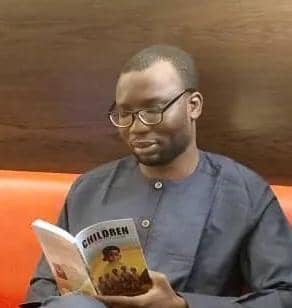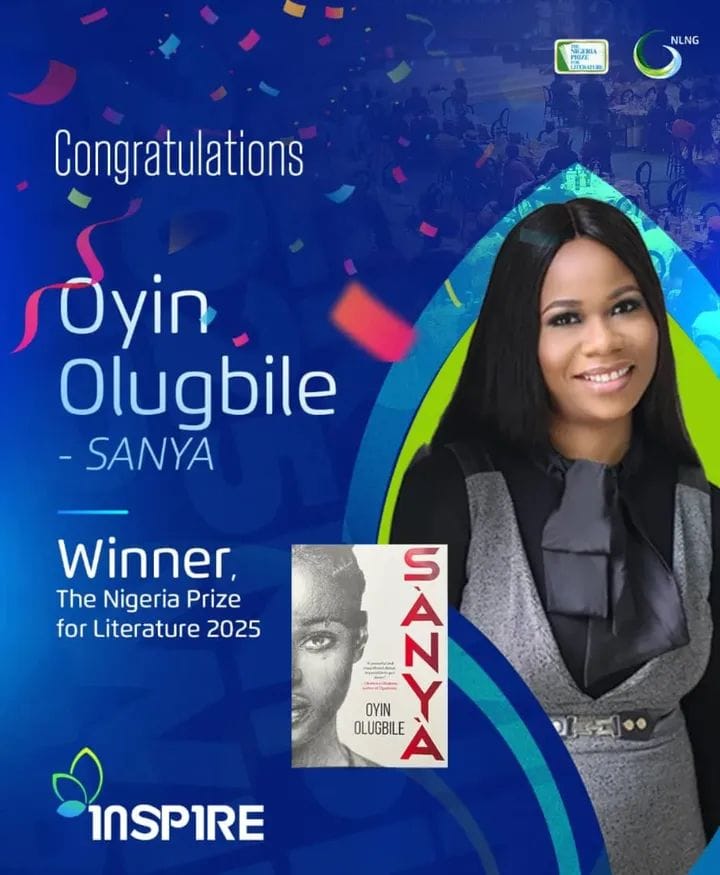How new yam feast, Ekumeku war memorial energised 2nd Indigenous Art Festival, Asaba
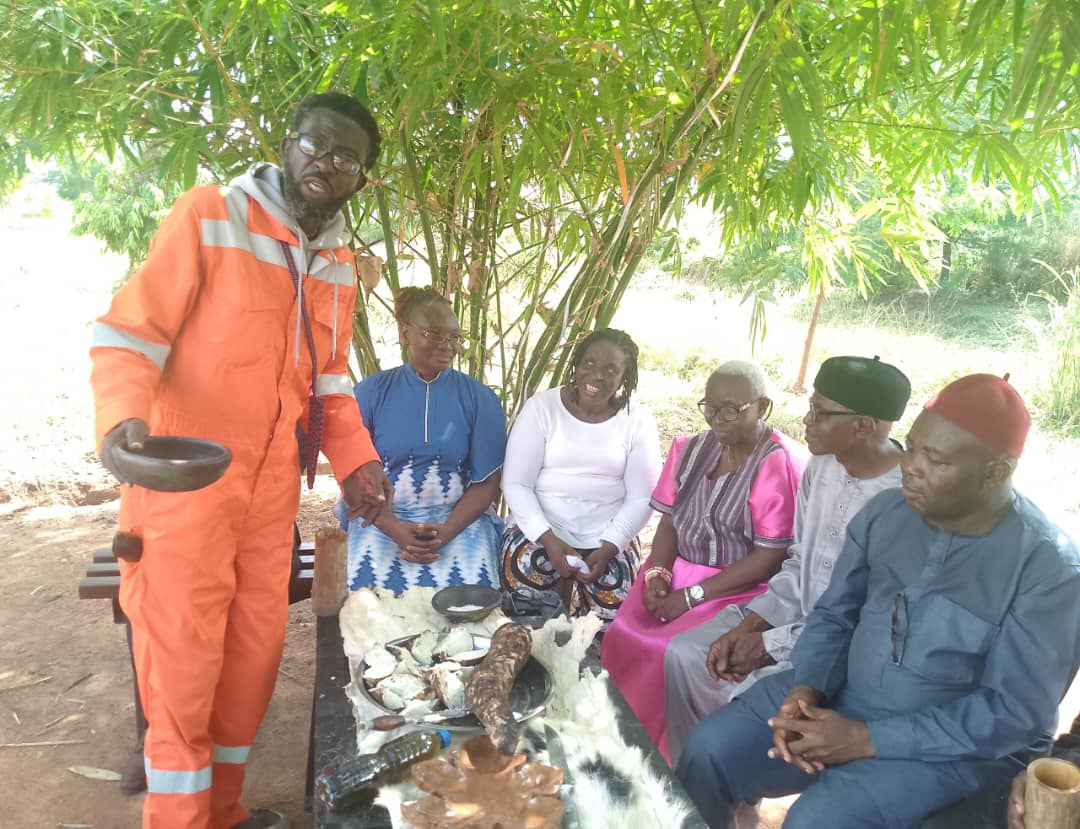
By Anote Ajeluorou
WHEN the second edition of Washington Uba-led Indigenous Art Festival (IAF), Asaba 2025 opened on September 26, it was clear something culturally noteworthy was afoot. The rains had fallen non-stop for days, as is consistent with weather patterns in the Niger Delta. But festival organisers and duo of Washington and Tommy Kobim Uba were upbeat that the festival would enjoy a bright weather like it did last year. And the weather held for the 3-day duration. With ‘Bringing Youths to the table for the Next Decade’, the festival was dedicated to culture journalist, photographer and performance poet, Evelyn (D’Poet) Osagie, who passed on August 17, 2025.
With September 23rd regarded as the beginning of the African calendar, eating the new yam at the festival is considered a vital part of the new year activities. And at the 2nd Indigenous Arts Festival, Asaba, the new yam ritual became the main opening activity at the opening. Before long elderly men and women began to arrive the Delta State Film Village, Anwai, where the Indigenous Cultural Centre is situation for the momentous ritual of eating the first new yam that separates the old from the new year. Tubes of yam had been roasting over the logs of fire at a corner of the centre, with palm oil and salt already on standby for the yam-eating event.
Spread over specially curated animal hides on tables, the yams were cut into pieces and prayers offered to the ancestors. Palm wine was also on hand to pour libations and toast to the health of the new year for multiple blessings to be bestowed on all those who witnessed and shared in the joy of a glorious new year with the yam-eating ritual. A certain feeling of communal camaraderie reminiscent of a village setting pervaded the centre, as both young and old alike took roasted yam pieces, dipped them into the palm oil and ate, savouring the earthily rich taste of the yam and palm oil feast. Of course, there was grass-cutter and antelope bush meat too that complimented the new yam ritual and everyone had a filled tummy.
Music pelted from speakers, as well as the art works on display. Of particular interest was the work of Samuel Olashore, a Fine and Applied student of Dennis Osadebay University, Anwai, Asaba, who was having his residency at the centre. His work was focused on climate change and had as theme ‘Pollution to Expression: End Plastic Pollution’; the work was most telling in its conservationist effort to rid the environment of the menace of plastics by converting them to pleasing and recyclable art. Two of his works stand out. A camel and a bull, both made from collected plastic bottles that would otherwise clog up gutters and other waterways. The exhibition was in collaboration with One Millions Trees, a greenhouse partner of the centre.
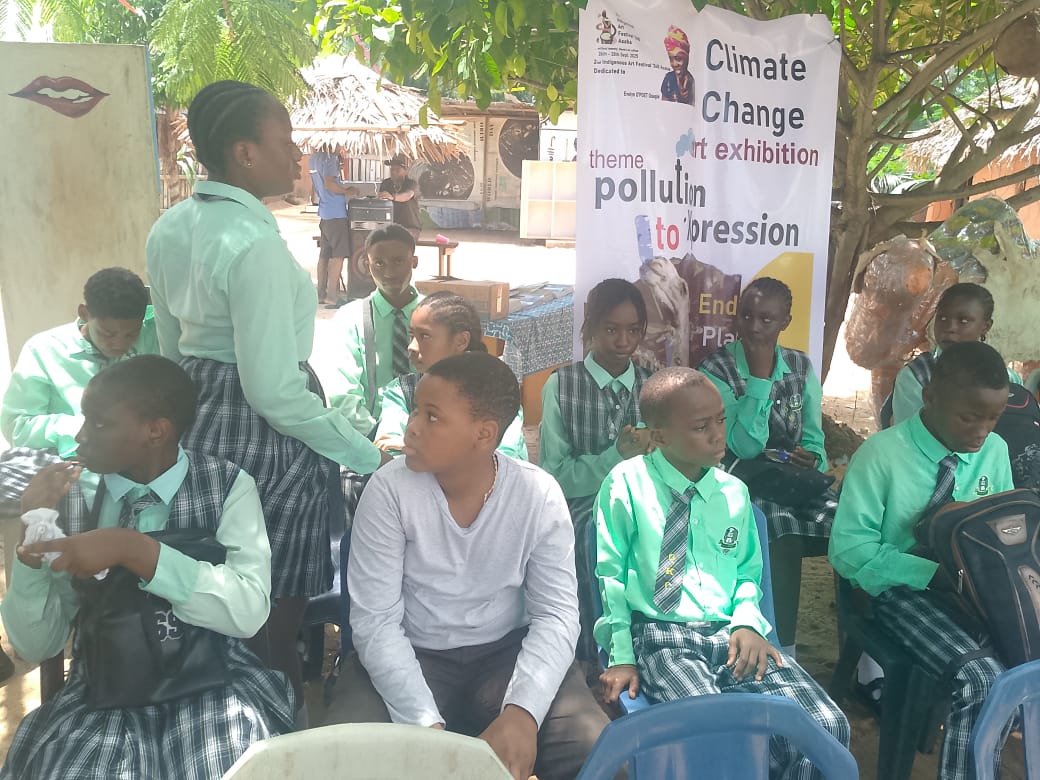
Glorious Kids School students
Earlier, Igbabonelimhin acrobatic masquerades from neighbouring Uromi in Esan, Edo State, had spiced up the festival with their unique acrobatic performances that left many stunned at their sheer artistry, and the many times a masquerade could flip and still maintain balance upon landing. There were those spinning on some invisible axis non-stop just above the ground. Dressed in gears of red, black and white strips, the acrobats were accompanied by drummers and shekere players. These Esan acrobats certainly know their art and effortlessly displayed it to the amazement and admiration of their audience. Igbabonelimhin is a legendary acrobatic masquerade art that is native to the Esan people of Edo State.
Day Two saw students of Glorious Kids School gracing the festival in their numbers. It was a moment of fun and excitement. The students were then conducted round the centre by the festival curator, Mr. Uba. The fun started with Chiamaka Umennadi performing the festival’s them poetic piece, ‘Unrooted’, a moving piece on how rootless Africans have increasingly become as the allure and attraction for everything foreign has uprooted their love for things native to them, from language, dressings, salutation and everything that defined the African system. The students dissected Umennadi’s piece, offering explanation as to its meaning; they showed that they understood the poem and the message it conveyed to them.
Veteran entertainment writer, Mr. Fred Iwenjora, engaged the students on the beauty of entertainment journalism. The students were happy to sing some of the latest songs, at his prompting, but since most of the rave songs have vulgar and meaningless lyrics, they were not further encouraged in this line. Master Olashore then took them through his two artworks (camel and bull made from plastics), explaining to the students his work process and why he chose the subjects he worked on.
This writer paid glowing tribute to his culture journalist colleague, Evelyn Osagie, who recently passed on and to whom the festival was dedicated. He traced their literary journeys back to the University of Benin, Benin City, where they both studied English and Literature, although over 10 years apart; they became culture journalists, writers and performers. He, however, said Osagie took her art to higher levels with an energy that was way higher, as she became a performer, adire textile artist and photography. He said her life was one long adventure of cultural immersion, where she lived fully and totally, giving her life to the promotion and celebration of art in its entirety. it was as if Osagie knew how ephemeral life could be and packed so much into her short life with a flurry of high impact activities. He told them Osagie’s life is worth emulating, as her ever-ready smile endeared her to everyone who met her, and advised the students to live a life of impact like Osagie, so they could be remembered for the good they did while they lived.

Festival curator, Mr. Washington Uba (left) and community elders about to eat the new yam
This writer informed them how Osagie inspired Moonbeam: Anthology of Short Stories by Nigeria’s Foremost Culture Journalists, and then read ‘And the Night Fell Silent’ from his poetry collection Libations for Africa. It’s a poem in tune with Umennadi’s ‘Unrooted’, that laments the loss of values by generations of Africans who are eager to abandon the rich traditions and values the continent is replete with for foreign ones that continue to exert negative toll.
The day ended with the screening of Heart of a Man, a new film produced and directed by Mr. Sele O. Sele. Guests had the opportunity to offer their views of the film, pointing out some areas that need improvement, and for the director to explain his creative vision.
Rain heralded Day Three and festival’s closing day, but it stopped long before activities started. Majorly, the last day was reserved for Ekumeku celebration, and the memorial procession in honour of Anioma warriors who died in the 30-year guerrilla struggle with the British, also known as the Ekumeku War. The Anioma people, known to be fiercely autonomous, resisted the British attempt to make them subjects of some imperial majesty in faraway Britain. The result was an intense war that lasted 30 years, with both sides spent by the time the war eventually ended. Five processors were draped in white over their shoulders and walked the short distance from the centre’s entrance to the memorial spot inside the centre and stood in solidarity alongside a photograph also depicting Ekumeku memorial.
Thereafter, the procession also stood beside a memorial statue of Ekumeku that was unveiled alongside traditional prayers to Anioma ancestors, who fought a bitter war with an implacable foe. Amidst tipping palm wine to the earth while pouring libation and offering prayers, Diokpa Nwayor Taye John, on behalf of other community members present, beseeched the ancestors to lead their people aright and not allow anything untoward to befall them. He asked Anioma ancestors to avert anything that could resemble what they passed through in the hands of the British, but to keep the ethnic nation together in unity and love. It was a solemn moment, as the living communed with their ancestors in the traditional continuum that defines African spirituality and essence. After the prayers, everyone present drank palm wine from the same cup as affirmation of the unity inherent in the prayers offered.
In the late afternoon, the guerrilla drama performance of Sam Ukala’s Iredi War was re-enacted by Blaze Africa Theatre House. Iredi War is the actual dramatisation of Ekemuke war which fetched Ukala a handsome reward as it won The Nigeria Prize for Literature in 2014. Director of Iredi War at the festival, Mr. Alex Akpoh, and his team gave a good dramatisation of Ekumeku warriors in their struggles against the wily British, who sought to impose alien traditions on an autonomous African kingdom in the name of empire. Performance of Iredi War was in sync with the festivals goal of reawakening cultural consciousness among young people, so they understand their past and be armed with better knowledge how to navigate the present and the future.
This writer was saddled with the task of announcing the focus of next year’s Indigenous Art Festival, Asaba to festival guests to include the celebration of October 7, 1967 Asaba Massacre at Ogbesuwe Street, Asaba. Earlier that day, he had accompanied the duo of Washington and Kobim Uba to visited the memorial site for the Asaba slain during the Nigerian Civil War. It was therefore decided that memorialising the tragic incident in next year’s festival would be a fitting tribute to the war dead, so their memory would not be forgotten. A sub-set of next year’s festival would be the celebration of foremost Asaba politician and writer, Chief Dennis Osadebay in whose memory Delta State-owned Dennis Osadebay University (DOU) across the road from the Indigenous Cultural Centre, Asaba, was named. Chief Osadebay’s contributions to political and cultural consciousness as anti-colonial polemicist and writer are legendary and deserves celebration.
When curtains fell on the festival on the evening of Sunday, September 28, 2025 amidst music belching from the background, there was a feeling of contentment among festival organisers and guests alike, that indeed the cultural space in Asaba in particular and Delta State at large would never be the same again.
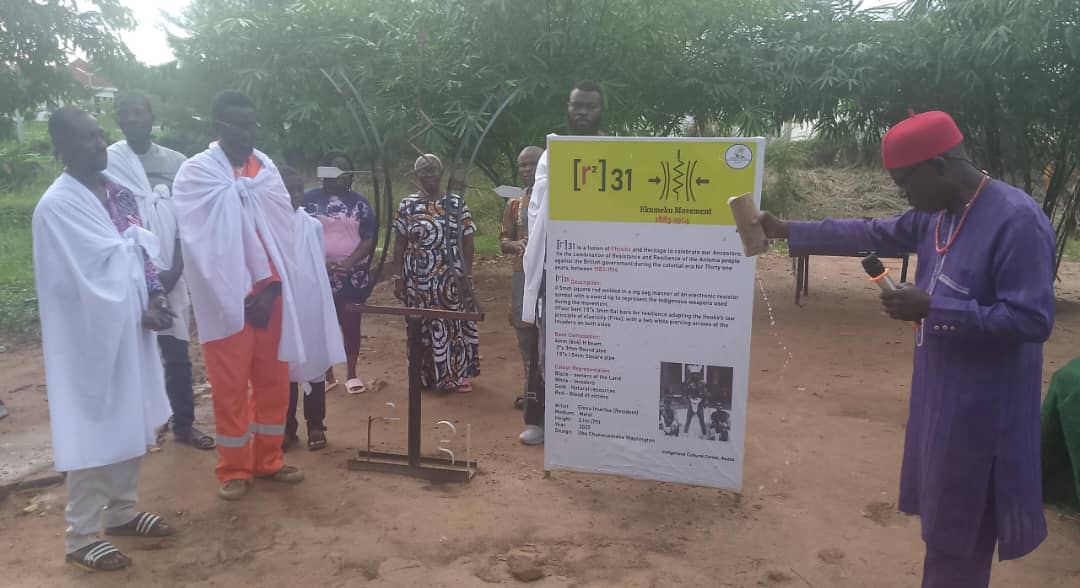
Pouring libations at teh statue of Ekumeku symbol in celebration of the bravery of Ekumeku warriors


